- Automobil
- Volkswagen
- Volkswagen Käfer (142 Angebote)
Volkswagen Käfer Oldtimer kaufen
Der Volkswagen Käfer Oldtimer ist ein Symbol für die Automobilgeschichte und zählt zu den bekanntesten Oldtimern weltweit. Ursprünglich in den 1930er Jahren entwickelt, wurde er über Jahrzehnte hinweg produziert und erlangte Kultstatus. Sein ikonisches Design, seine Zuverlässigkeit und seine Rolle in der Nachkriegsmobilität macht den Volkswagen Käfer Oldtimer zu einem beliebten Klassiker. Erfahren Sie in diesem Beitrag alles Wichtige über die Geschichte, Modelle und Besonderheiten des VW Käfers und entdecken Sie, worauf es beim Kauf dieses Oldtimers ankommt.
Suchergebnisse
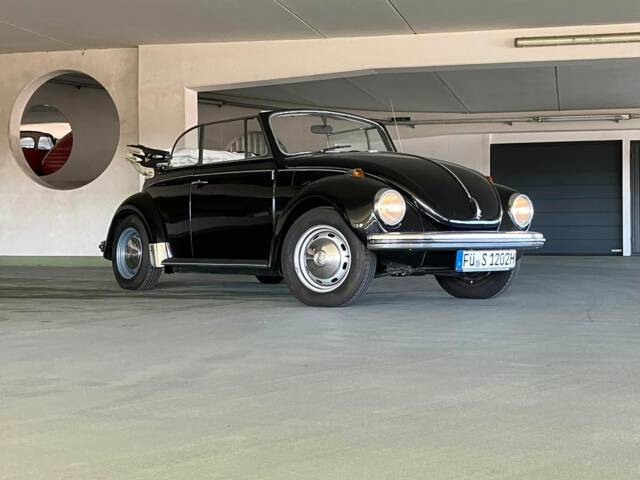
1972 | Volkswagen Käfer 1302
Cabrio **Deutsche H Zulassung**Toller Zustand**
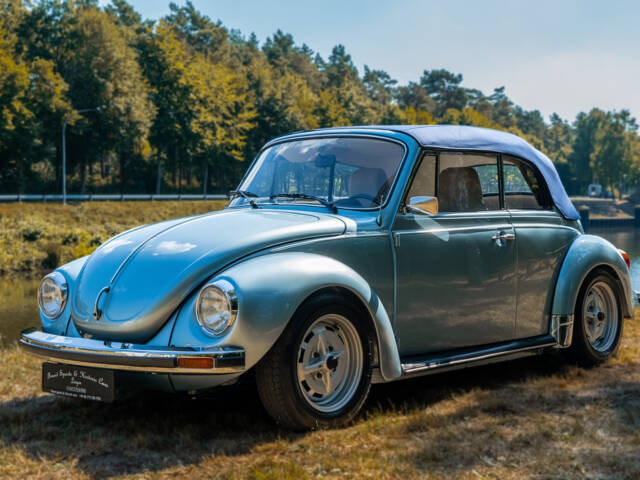
1973 | Volkswagen Käfer 1303 LS
Frame off Restaurierung, Sonnenlandverdeck, Marathonblau met.
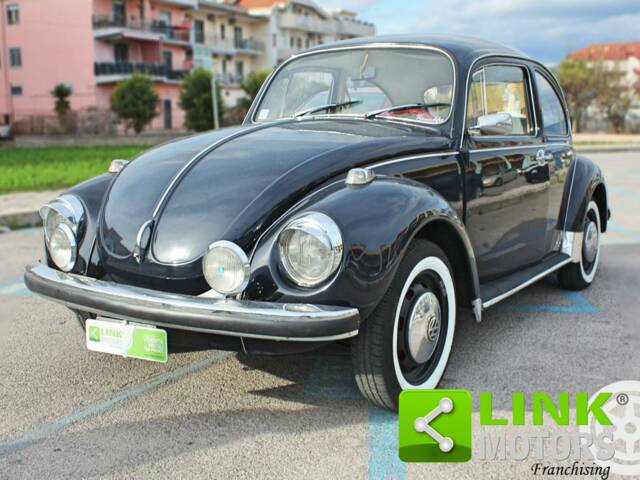
1970 | Volkswagen Käfer 1200
VOLKSWAGEN Maggiolino 1.300
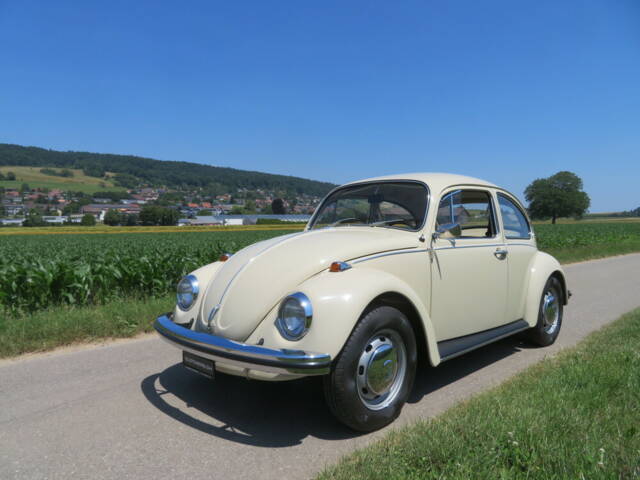
1971 | Volkswagen Käfer 1300
Äusserst originales Fahrzeug aus 3. Hand mit garantiertem Kilometerstand!
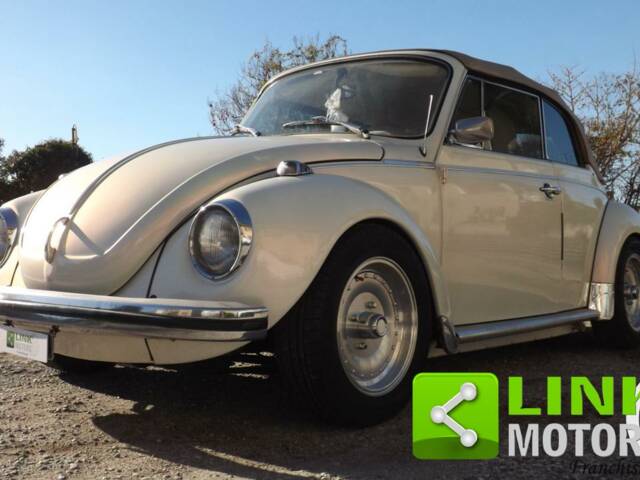
1973 | Volkswagen Käfer 1303 LS
VOLKSWAGEN Maggiolino 15 AB11 cabriolet
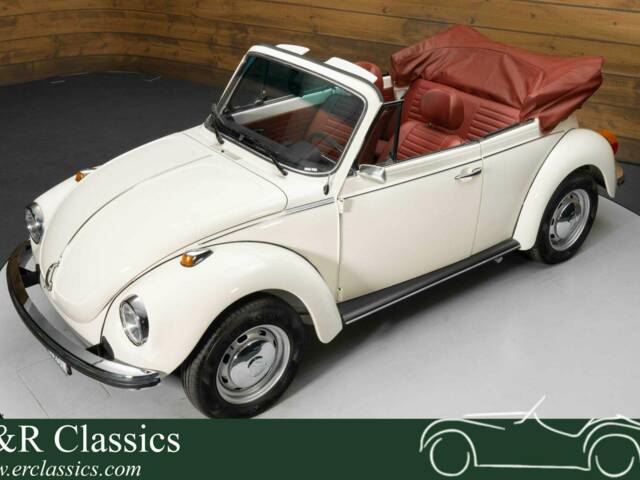
1978 | Volkswagen Käfer 1303
Volkswagen Kever Cabriolet | Uitvoerig Gerestaureerd | Topstaat | 1
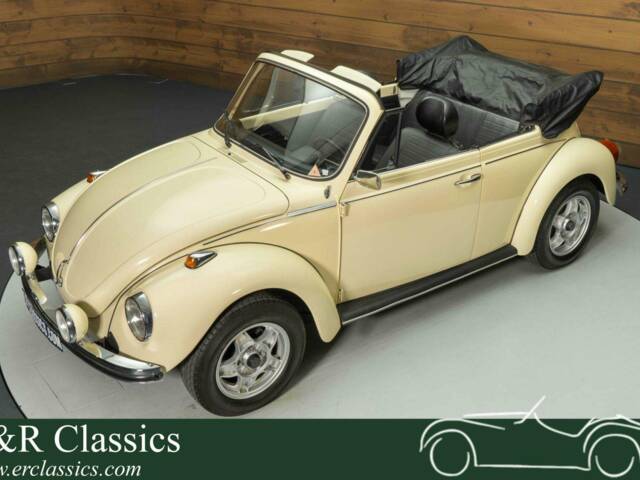
1973 | Volkswagen Käfer 1600
Volkswagen Kever Cabriolet | Gerestaureerd | 1973
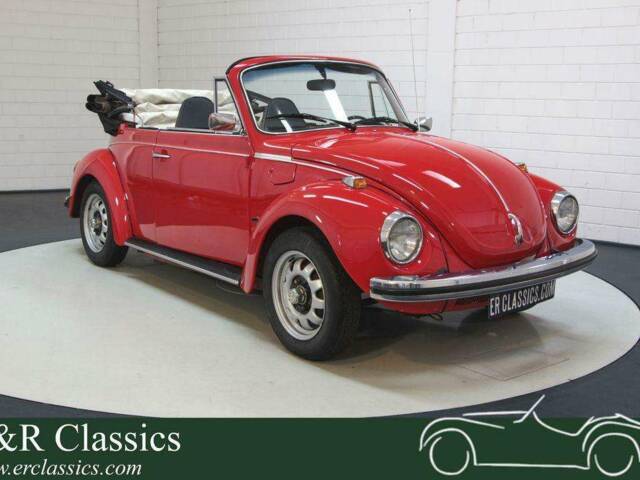
1972 | Volkswagen Käfer 1300
Volkswagen Kever Cabriolet
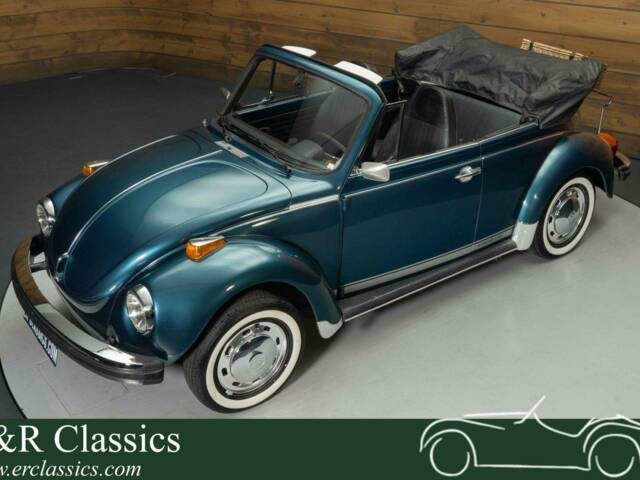
1974 | Volkswagen Käfer 1600
Volkswagen Kever Cabriolet | Goede staat | 1974
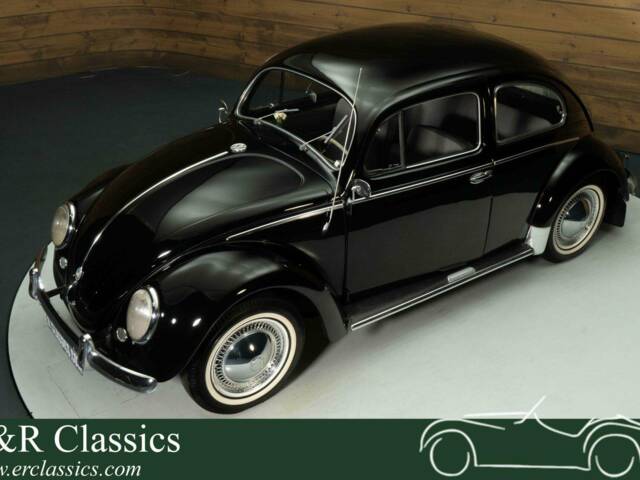
1952 | Volkswagen Käfer 1100 Standard (Brezel)
Volkswagen Kever Coupe
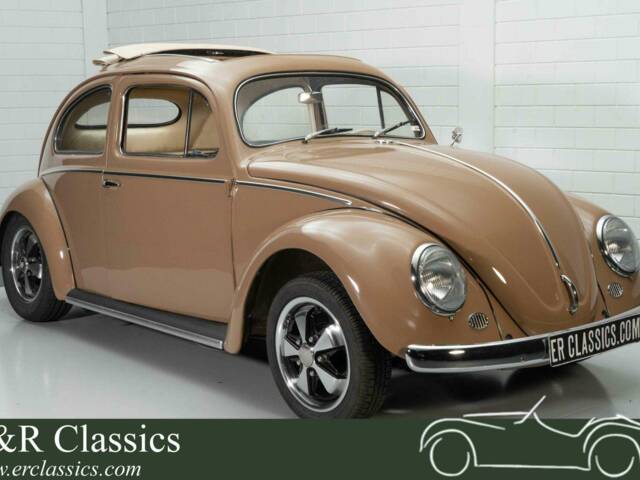
1957 | Volkswagen Käfer 1200 Cabriolet
Volkswagen Kever Ovaal Ragtop | Leuke rijdersauto | 1957
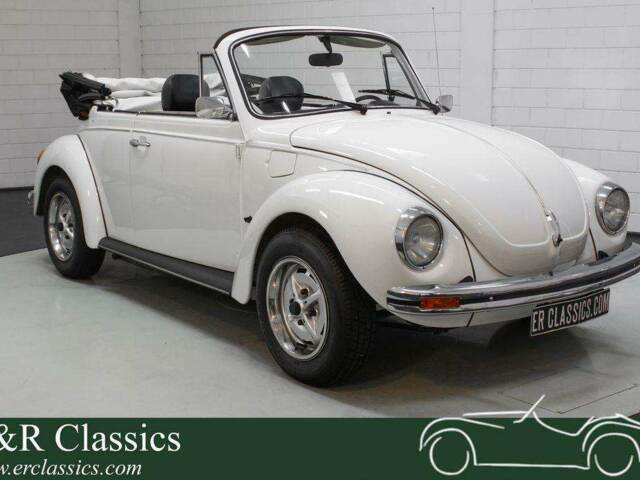
1979 | Volkswagen Käfer 1600
Volkswagen Kever Cabriolet
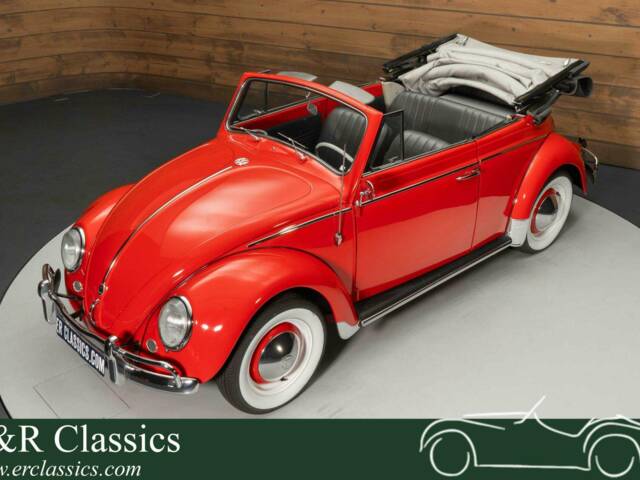
1962 | Volkswagen Käfer 1200
Volkswagen Kever Cabriolet | Body-off gerestaureerd | 1962
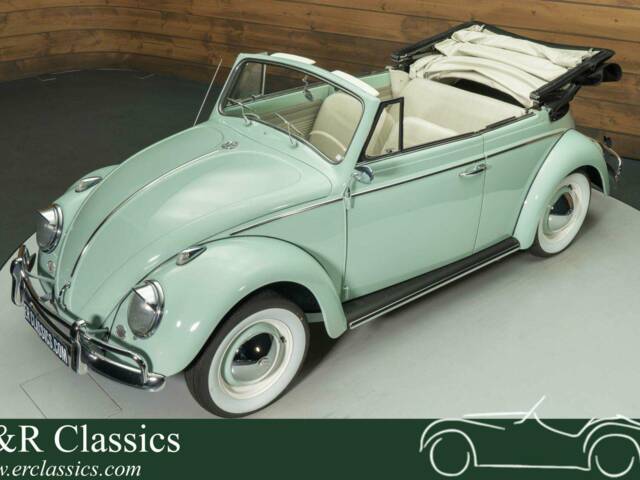
1963 | Volkswagen Käfer 1200
Volkswagen Kever Cabriolet
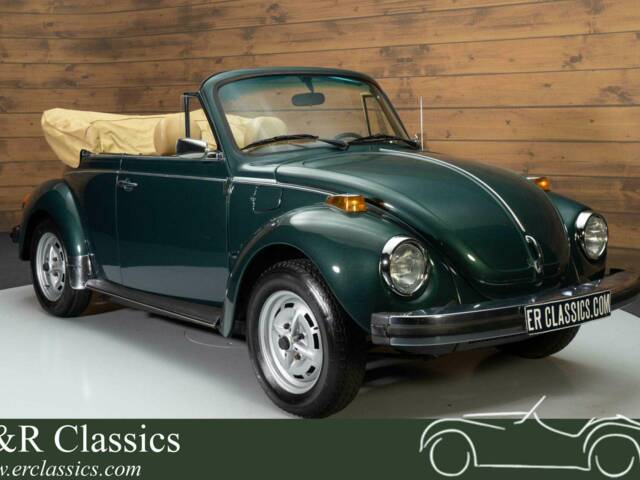
1979 | Volkswagen Käfer 1600
Volkswagen Kever Cabriolet
Volkswagen Käfer Oldtimer: Geschichte
Die Geschichte des Volkswagen Käfer Oldtimers beginnt in den 1930er Jahren mit der Vision von Ferdinand Porsche, ein „Auto für das Volk“ zu schaffen. 1938 begann die Produktion des „Kraft-durch-Freude-Wagens“, der später als Käfer bekannt wurde. Durch den Zweiten Weltkrieg verzögert, startete die Serienproduktion erst 1945 unter britischer Aufsicht im Volkswagenwerk Wolfsburg.
Ein Meilenstein für den VW Käfer war der Export in die USA in den 1950er Jahren, wo er schnell zu einem Symbol der Jugendkultur wurde. Technisch gesehen erfuhr der Käfer nur wenige, aber bedeutende Verbesserungen, wie die Umstellung von 6-Volt- auf 12-Volt-Elektrik in den 1960er Jahren. Seine robuste Technik und einfache Wartbarkeit machten ihn zu einem Dauerläufer, der bis 2003 produziert wurde. Der Käfer war bis dahin das am längsten und meistproduzierte Automobil der Welt mit über 21 Millionen verkauften Exemplaren.
Beliebte Volkswagen Käfer Oldtimer-Modelle
- VW Käfer Typ 1 (1946-1953): Der Ur-Käfer, der nach dem Krieg produziert wurde, ist heute ein begehrter Oldtimer. Charakteristisch sind die geteilte Heckscheibe, das sogenannte Brezelfenster, und der 1,1-Liter-Motor mit 25 PS. Seine schlichte Ausstattung und das historische Flair machen ihn besonders bei Sammlern beliebt. Ab 1950 wurde das Export-Modell mit hydraulischen Bremsen ausgestattet.
- VW Käfer Typ 1 (1953-1957): Dieses Modell, auch als „Ovalkäfer“ oder „Ovali“ bekannt, wurde mit einer einteiligen, ovalen Heckscheibe ausgestattet. Der 1,2-Liter-Motor mit 30 PS brachte mehr Leistung, und auch die Ausstattung wurde leicht verbessert. Drehfenster in den Vordertüren und eine Synchronisation der Gänge zwei bis vier wurden eingeführt.
- VW Käfer 1200 (1961-1978): Eines der am weitesten verbreiteten Modelle mit dem typischen 1,2-Liter-Motor und 34 PS. Besonders in den 1960er Jahren war dieses Modell der Inbegriff erschwinglicher Mobilität. Ab 1960 wurde die Leistung auf 34 PS bei 3.600 U/min erhöht.
- VW Käfer 1303 (1972-1980): Der „Superkäfer“ mit größerer Panorama-Frontscheibe, verbessertem Fahrwerk (McPherson-Federbeine vorne), und Scheibenbremsen. Der 1,6-Liter-Motor mit 50 PS brachte spürbare Verbesserungen in puncto Fahrleistung und Komfort. Es gab auch eine günstigere Version 1303 A mit dem 34 PS starken 1,2-Liter-Motor des Käfer 1200.
Besonderheiten des Volkswagen Käfer Oldtimers
Zu der unverkennbaren Besonderheit des Volkswagen Käfer Oldtimers gehört das charakteristische Design mit der rundlichen Form, das über Jahrzehnte nahezu unverändert blieb. Der VW Käfer besticht durch seine einzigartige Kombination aus Einfachheit, Zuverlässigkeit und Kultstatus. Die robuste Boxermotor-Technologie und der luftgekühlte Antrieb machten ihn besonders wartungsfreundlich und langlebig. Der Heckmotor sorgte für eine gute Traktion der Antriebsräder, besonders bei glatten Straßenverhältnissen. Die Pendelachse, später durch die Schräglenkerachse ersetzt, verlieh dem Käfer ein einzigartiges Fahrverhalten.
Seine Vielseitigkeit machte den Käfer nicht nur zu einem beliebten Alltagsauto, sondern auch zur Basis für Rennwagen. Die einfache Bedienung trug dazu bei, dass der Käfer zu einem idealen Fahrzeug für Fahranfänger wurde. Der geringe Verbrauch und die einfache Technik sorgen dafür, dass auch heute noch viele Käfer auf den Straßen unterwegs sind.
Wichtige Kaufkriterien für Volkswagen Käfer Oldtimer
- Rostbefall und Zustand: Besonders anfällig sind Schweller, Rahmenkopf und Bodenbleche. Eine sorgfältige Überprüfung des Volkswagen Käfer Oldtimers auf Rost ist unerlässlich, da dieser bei Käfern oft zu schwerwiegenden Schäden führen kann. Der luftgekühlte Boxermotor sollte auf Ölverlust, ungewöhnliche Geräusche und Leistungseinbußen überprüft werden. Auch der Zustand von Getriebe, Kupplung und Bremsen ist wichtig.
- Matching Numbers: Übereinstimmende Fahrgestell- und Motornummern des VW Käfers erhöhen den Sammlerwert.
- Originalität und Ersatzteilverfügbarkeit: Viele Volkswagen Käfer Oldtimer wurden im Laufe der Jahre modifiziert, oft mit Motoren oder Innenausstattungen aus anderen Modellen. Ein Käfer in originalem Zustand ist für Sammler wertvoller. Eine lückenlose Fahrzeughistorie mit Wartungsunterlagen, Rechnungen und Restaurierungsbelegen steigert den Wert. Obwohl für viele Käfer-Modelle noch gute Ersatzteilversorgung besteht, kann es bei seltenen Varianten oder Sondermodellen schwierig sein, originale Teile zu finden.
Volkswagen Käfer Oldtimer: Technische Daten
Hier ist eine Übersicht über die wichtigsten technischen Daten und Besonderheiten der beliebtesten Volkswagen Käfer Oldtimer:
| Modellreihe | Modellbezeichnung | Baureihe | Baujahr | Karosserievarianten | Motor | Leistung |
|---|---|---|---|---|---|---|
| Volkswagen Käfer | 1100 "Brezelkäfer" | Typ 11 | 1946-1953 | Limousine, Cabriolet | 1,1 Liter Boxer 4 Zylinder | 25 PS |
| Volkswagen Käfer | 1100 "Ovali" | Typ 11 | 1953-1957 | Limousine, Cabriolet | 1,2 Liter Boxer 4 Zylinder | 30 PS |
| Volkswagen Käfer | 1200 | Typ 11 | 1961-1978 | Limousine, Cabriolet | 1,2 Liter Boxer 4 Zylinder | 34 PS |
| Volkswagen Käfer | 1303 | Typ 15 | 1972-1980 | Limousine, Cabriolet | 1,6 Liter Boxer 4 Zylinder | 50 PS |
Restaurierung von Volkswagen Käfer Oldtimern
Die Restaurierung eines VW Käfer Oldtimers bietet viele Vorteile: Die einfache Technik und die gute Ersatzteilversorgung erleichtern die Instandsetzung erheblich. Bei frühen Modellen des Volkswagen Käfer Oldtimers mit geteiltem oder ovalem Fenster sind Originalteile aufgrund ihrer Seltenheit allerdings oft aufwendiger zu restaurieren. Die größte Herausforderung besteht darin, rostfreie Karosserien zu finden, da der Käfer durch seine Bauweise anfällig für Korrosion ist. Kritische Bereiche für Rostbildung sind: Bodengruppe und Rahmenkopf, Schweller und Trittbretter, Radläufe und Kotflügel, A-Säulen und Bereiche um die Scheinwerfer, sowie Heckabschlussblech und Kofferraumklappe.
Eine professionelle Restaurierung eines Volkswagen Käfer Oldtimers umfasst in der Regel folgende Schritte: Vollständige Demontage des Fahrzeugs, Sandstrahlen der Karosserie und Bodengruppe, Austausch oder Reparatur rostbefallener Teile, Grundierung und Lackierung, Überholung oder Austausch von Motor, Getriebe und Fahrwerk, Erneuerung der Innenausstattung und sorgfältige Endmontage. Erfolgreiche Restaurierungen sind oft eine lohnende Investition, besonders bei originalgetreu erhaltenen Fahrzeugen. Enthusiasten können durch Eigenleistung, insbesondere bei der De- und Endmontage, erhebliche Summen einsparen.
Fazit
Der Volkswagen Käfer Oldtimer ist nicht nur ein Automobil, sondern ein Stück Geschichte. Seine technische Zuverlässigkeit, der hohe Kultfaktor und die gute Ersatzteilversorgung machen ihn zu einem idealen Oldtimer, sowohl für Einsteiger als auch für erfahrene Sammler. Entdecken Sie jetzt die Vielfalt der verfügbaren Käfer bei Classic Trader und erfüllen Sie sich den Traum vom eigenen Klassiker!
FAQs zu Volkswagen Käfer Oldtimern
Warum sind Volkswagen Käfer Oldtimer so beliebt?
Volkswagen Käfer Oldtimer sind aufgrund ihrer ikonischen Rolle in der Automobilgeschichte äußerst beliebt. Sie symbolisieren die Nachkriegszeit und das deutsche Wirtschaftswunder, verkörpern Zuverlässigkeit, Einfachheit und zeitloses Design. Ihre robuste Technik, einfache Wartung und der emotionale Wert machen sie zu begehrten Sammlerstücken. Zudem bieten sie ein einzigartiges Fahrerlebnis und wecken bei vielen nostalgische Erinnerungen.
Wie finde ich Ersatzteile für Volkswagen Käfer Oldtimer?
Dank der großen Fangemeinde und zahlreicher spezialisierter Händler ist die Ersatzteilversorgung für den Volkswagen Käfer Oldtimer hervorragend. Viele Teile sind neu oder als Nachbau erhältlich. Gute Anlaufstellen sind spezialisierte VW-Oldtimer-Händler, Online-Marktplätze für Oldtimer-Ersatzteile, VW-Clubs und Enthusiasten-Netzwerke, Oldtimer-Messen und -Treffen sowie die offizielle VW Classic Parts-Abteilung.
Was ist beim Kauf eines Volkswagen Käfer Oldtimers zu beachten?
Achten Sie auf den Zustand des Volkswagen Käfer Oldtimers, Originalität der Teile und auf eine lückenlose Dokumentation von Restaurierungen und Wartungen. Überprüfen Sie gründlich den Karosseriezustand auf Rost, besonders an kritischen Stellen wie Bodengruppe, Schwellern und Radläufen.